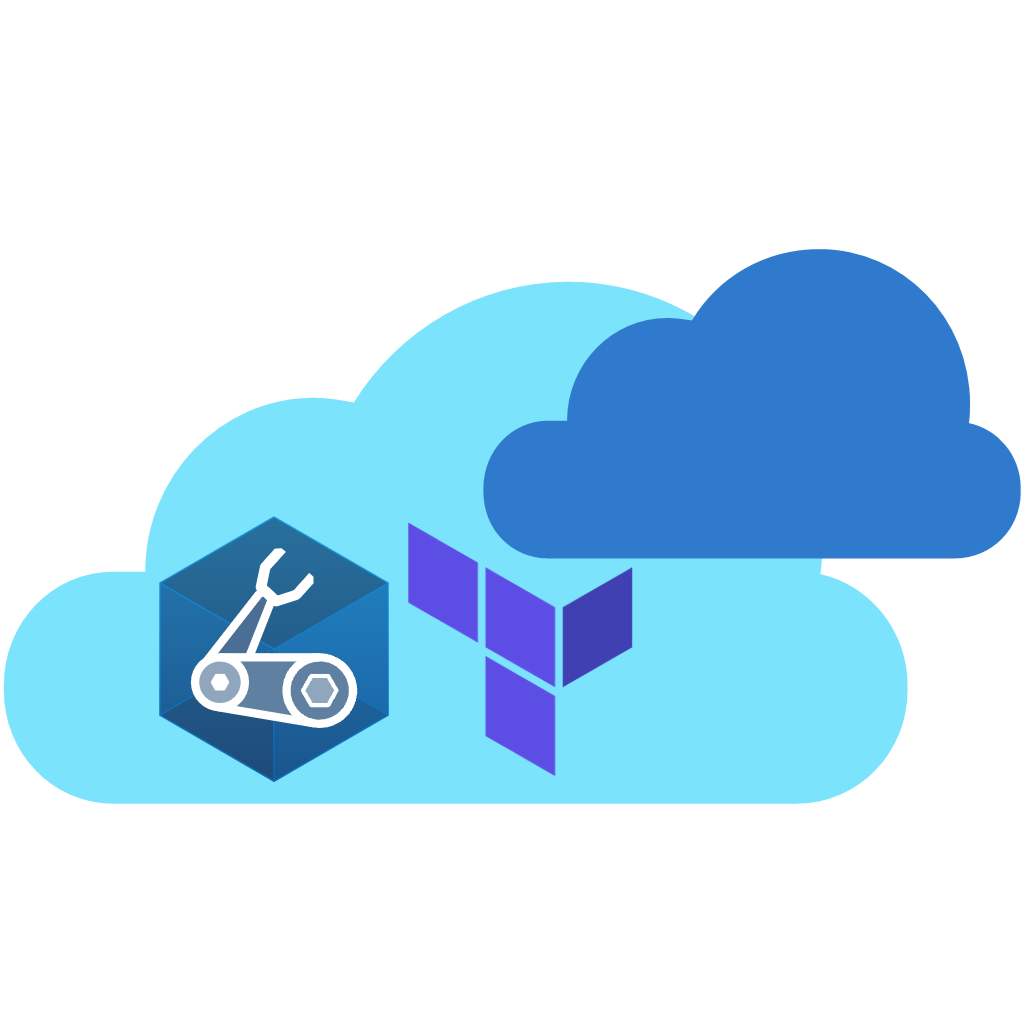Website Contribution Guide
Looking to contribute to the AVM Website, well you have made it to the right place/page. 👍
Follow the below instructions, especially the pre-requisites, to get started contributing to the library.
Before jumping into the pre-requisites and specific section contribution guidance, please familiarize yourself with this context/background on how this library is built to help you contribute going forward.
This site is built using Hugo, a static site generator, that’s source code is stored in the AVM GitHub repo (link in header of this site too) and is hosted on GitHub Pages, via the repo.
The reason for the combination of Hugo & GitHub pages is to allow us to present an easy to navigate and consume library, rather than using a native GitHub repo, which is not easy to consume when there are lots of pages and folders. Also, Hugo generates the site in such a way that it is also friendly for mobile consumers.
That’s okay and you really don’t need them. Hugo just needs you to be able to author markdown (.md) files and it does the rest when it generates the site 👍
Read and follow the below sections to leave you in a “ready state” to contribute to AVM.
A “ready state” means you have a forked copy of the Azure/Azure-Verified-Modules repo cloned to your local machine and open in VS Code.
When in VS Code you should be able to open a terminal and run the below commands to access a copy of the AVM website from a local web server, provided by Hugo, using the following address http://localhost:1313/Azure-Verified-Modules/:
cd docs
hugo server -D
To contribute to this website, you will need the following installed:
You can usewingetto install all the pre-requisites easily for you. See the below section
- Git
- Visual Studio Code (VS Code)
- Extensions:
editorconfig.editorconfig,streetsidesoftware.code-spell-checker,ms-vsliveshare.vsliveshare,medo64.render-crlf,vscode-icons-team.vscode-icons- VS Code will recommend automatically to install these when you open this repo, or a fork of it, in VS Code.
- Extensions:
- Hugo Extended
To install winget follow the install instructions here.
winget install --id 'Git.Git'
winget install --id 'Microsoft.VisualStudioCode'
winget install --id 'Hugo.Hugo.Extended'
- A GitHub profile/account
- A fork of the
Azure/Azure-Verified-Modulesrepo into your GitHub org/account and cloned locally to your .- Instructions on forking a repo and then cloning it can be found here.
Below are links to a number of useful resources to have when contributing to AVM:
Run the following commands in your terminal of choice from the directory where you fork of the repo is located:
git checkout main
git pull
git fetch -p
git fetch -p upstream
git pull upstream main
git push
Doing this will ensure you have the latest changes from the upstream repo, and you are ready to now create a new branch from main by running the below commands:
git checkout main
git checkout -b <YOUR-DESIRED-BRANCH-NAME-HERE>
Sometimes the local version of the website may show some inconsistencies that don’t reflect the content you have created
If this happens, simply kill the Hugo local web server by pressing CTRL + C and then restart the Hugo web server by running hugo server -D from the docs/ directory.
